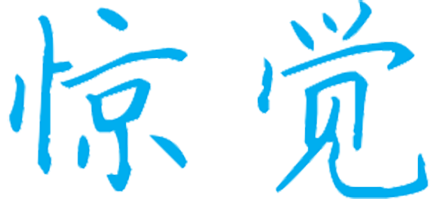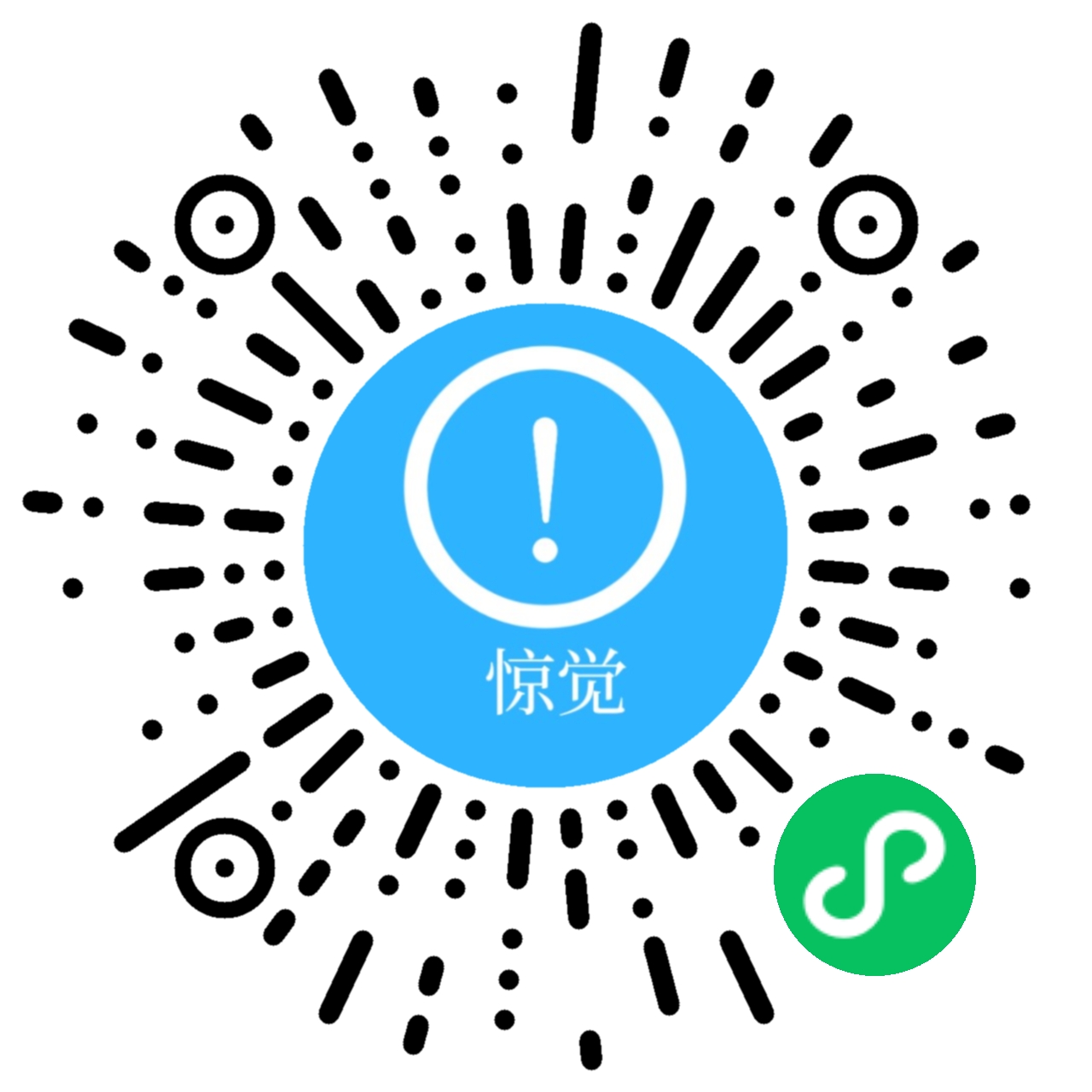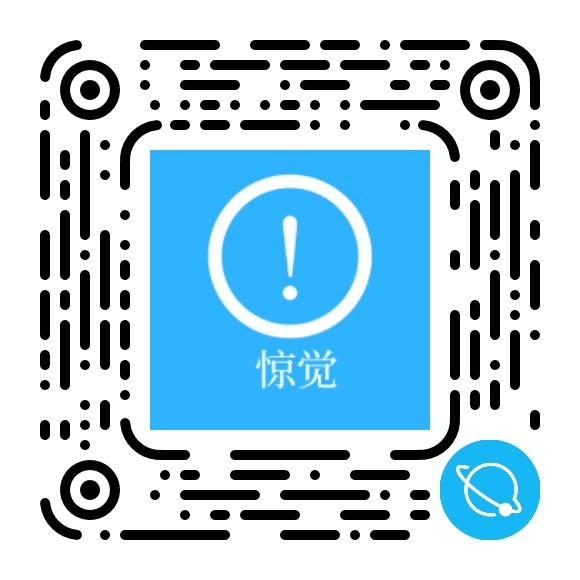How I Turned Our Board Game Café Website into a “One More Round?” Machine
When I first installed Chit Club | Board Games Club & Anticafe WordPress Theme, our board game café website felt like a rulebook translated badly from another language. Technically usable… but nobody wanted to read it.
We had:
-
A decent game collection
-
Active events and tournaments
-
Regulars who loved the space
…but our site was lagging behind:
-
New players couldn’t quickly see what we offer (membership, hourly, events).
-
The game library lived in a messy Google Sheet.
-
Booking a table was “DM us on social or call,” which is basically rolling for disadvantage.
As the de facto site admin (and the person who also refills the snack shelf), I wanted a theme that understood “board game club” as a real use case – not just “restaurant with slightly quirky photos.” Chit Club turned out to be surprisingly close to what I had in my head.
Below is exactly how I set it up: installation, configuration, feature-by-feature impressions, performance/SEO, and some comparison with other options.
Installation & Setup: Getting Chit Club on the Table
Step 1: Basic Environment
I started from a regular WordPress install with:
-
Fresh database
-
My usual plugins (SEO, cache, security)
-
No page builder chaos from previous themes
After that I:
-
Uploaded the Chit Club theme zip under Appearance → Themes → Add New → Upload.
-
Activated it, and WordPress showed the usual “install recommended plugins” notice.
-
Installed/activated the suggested plugins (theme core, slider, maybe a booking helper depending on the bundle).
No weird external dashboards, no “sign up elsewhere to unlock basic features” traps. For a site admin, that’s already a win.
Step 2: Demo Import – From Empty Board to Full Setup
Chit Club ships with demo content tuned specifically for:
-
Board game clubs
-
Anticafés / time-based cafés
-
Hobby spaces with memberships and events
Using the one-click importer, I pulled in:
-
A homepage with hero, membership/pricing, events, game library teaser, and gallery.
-
Inner pages for events, menu, membership, and contact.
-
Styled blog/news pages for announcements and photos from tournaments.
In a few minutes I went from “blank install” to “this looks like an actual game café website.” Then the real work started: making it ours.
Configuration: Turning “Generic Club” into Our Specific Café
Colors, Fonts, and Mood
In the theme options / Customizer, I aimed for “cozy but readable”:
-
Primary color: a warm accent pulled from our interior (wood + board colors).
-
Secondary color: a muted contrast for buttons and hover states.
-
Typography:
-
Titles: big, bold, and slightly playful.
-
Body text: clean sans serif for rules, membership info, and event details.
-
Chit Club is already designed for a playful environment (rounded shapes, friendly spacing), so once I swapped colors and fonts, the site felt very close to our physical space.
Header, Navigation, and Key Actions
I tried to think like a new visitor walking into the homepage for the first time. Questions they usually have:
-
What is this place?
-
How does pricing work?
-
When are open gaming nights / events?
-
Can I reserve a table?
So the main menu became:
-
Home
-
Games & Library
-
Pricing & Membership
-
Events
-
Café & Snacks
-
Contact / Book a Table
In the header, I used:
-
Logo on the left
-
Menu center
-
A bright “Book a Table” button on the right that jumps to the booking section on the homepage
Sticky header on scroll means the book button is always reachable – and yes, people absolutely click that.
Setup Guide: How I Structured the Content
Game Library
Chit Club doesn’t ship with a complex game database system, but its portfolio/listing layouts work perfectly as a game library.
What I did:
-
Created a “Games” custom post type using the theme’s features.
-
For each game, added:
-
Cover image
-
Player count
-
Play time
-
Complexity (tagged as “Light / Medium / Heavy”)
-
Short description
-
Then I used the theme’s grid layout as our “Game Library” page, with filters for:
-
Complexity
-
Category (party, strategy, family, co-op, etc.)
Now instead of sharing a spreadsheet, I just say: “Check the Games page.” People actually browse it.
Pricing & Membership
Board game cafés are notorious for confusing pricing (“pay per hour but also per person but also with credit…”) so clarity here is critical.
Chit Club includes nice pricing table layouts. I used them to present:
-
Hourly rate
-
Day pass
-
Monthly membership
-
Student or off-peak discounts
Each card has:
-
Short description
-
What’s included
-
Clear call-to-action (“Get Membership,” “Reserve Your Seat”)
Nothing fancy, but visually consistent and much easier to read than the bullet list we had before.
Events & Tournaments
Chit Club’s event templates let me:
-
List regular events (weekly board game nights, D&D one-shots).
-
Create special event pages for tournaments or themed nights.
-
Show date, time, description, and registration method (form, email, or external link).
The event archive page shows the list in a compact, mobile-friendly way, so players can scroll and pick what interests them.
Café / Food & Drinks
Because Chit Club is designed partly for anticafés, it comes with sections styled for:
-
Simple menus
-
Snacks and drinks listings
-
Combo offers (e.g., “Game + Drink + Dessert” bundles)
I kept this section intentionally small – just enough to answer “Do you have coffee and snacks?” without trying to become a full restaurant site.
Feature-by-Feature Evaluation (From a Site Admin’s Perspective)
1. Homepage Flow
The default homepage layout is actually close to perfect for our use case:
-
Hero with a photo of people playing, short tagline, and a primary CTA.
-
Quick explanation of “How it works” (time-based / membership-based).
-
Snapshots of pricing and membership options.
-
Events carousel.
-
Game library teaser.
-
Instagram-style photo grid or gallery.
I reordered a couple of sections (pulled pricing higher, pushed blog lower), but didn’t have to invent anything from scratch.
2. Customization with Page Builder
Chit Club uses a builder-friendly structure (Elementor or WPBakery depending on version). As admin:
-
Editing text and images is straightforward.
-
Adding/removing sections doesn’t break the layout.
-
I can create promotional landing pages (for big events) just by cloning a base layout and customizing.
This matters on busy weeks when marketing wants “a quick landing page” and I don’t have time to design.
3. WooCommerce Compatibility
We don’t run a full web shop yet, but I tested Chit Club with WooCommerce on staging:
-
Product cards (like “gift vouchers” or “membership cards”) sit well in the theme’s style.
-
Checkout pages inherit the design sensibly.
If in the future we spin up online sales or merch, I know the theme will work fine alongside other WooCommerce Themes we might reference.
Performance & SEO: Not Just Pretty Colors
Performance
With any visually rich theme, I always worry about speed. After some tuning:
-
Compressed photos (especially hero and gallery images).
-
Enabled caching and basic optimization.
-
Disabled any demo sections we didn’t need (extra sliders, etc.).
The result is a site that loads fast enough on mobile data even when someone is checking us from the subway. The JavaScript and CSS are not minimal, but they’re reasonable for a modern theme.
SEO & Structure
We’re mostly local search-driven, so I cared about:
-
“[City] board game café”
-
“[City] board game club”
-
Our brand name + “events / booking / membership”
Chit Club helped by:
-
Using clear H1/H2 structure in templates.
-
Leaving room for short intro texts above game lists and event calendars.
-
Playing nicely with my SEO plugin for titles, meta, and schema.
I didn’t need to fight the theme to get a sensible heading structure, which is always a relief.
Alternatives I Considered (And Why I Stuck with Chit Club)
-
Generic restaurant themes
-
Great for menus, bad for game libraries and events.
-
Visual language too “food first,” not “community + games.”
-
-
Event / ticketing themes
-
Great for festivals or conferences, but too heavy and complex for a café.
-
Focus on ticketing, not on hanging out and browsing games.
-
-
DIY from scratch with a page builder
-
Maximum freedom, minimum time left for actually running the café.
-
Consistency across pages quickly becomes a problem.
-
Chit Club sat in the sweet spot: specific enough to understand a game club, flexible enough to adjust to our quirks.
Where I Think Chit Club Works Best
I’d recommend Chit Club if you:
-
Run a board games club, anticafé, or tabletop space.
-
Want to highlight games, pricing, and events equally.
-
Prefer to stay inside WordPress, not move to a custom app or heavy booking SaaS front-end.
-
Are a site admin who likes having a structured theme instead of a blank canvas.
If you’re trying to keep a community around tables, not just tables filled, Chit Club | Board Games Club & Anticafe WordPress Theme gives you a website that actually feels like your space: friendly, clear, and just organized enough that people always want “one more game” – and one more visit.



